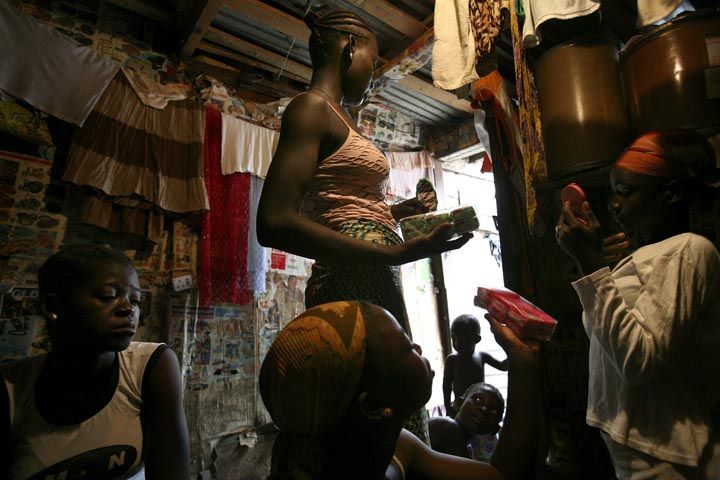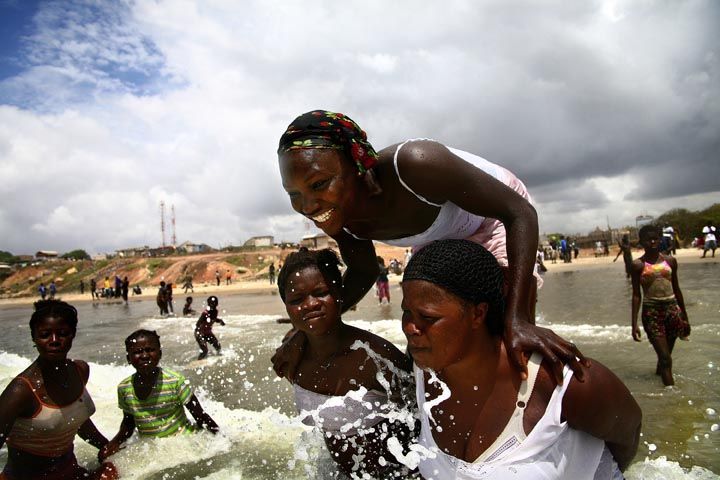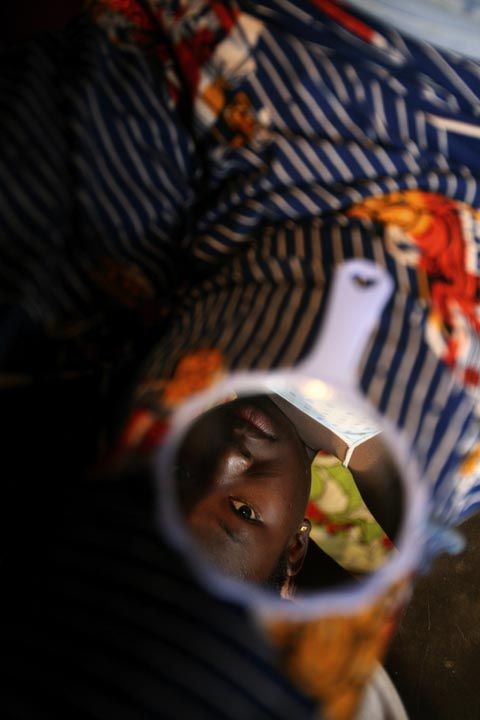August 31, 2009 | Pulitzer Center
Every year, thousands of women and young girls migrate from Ghana's poorer, Muslim north to the major cities of the Christian south. Known as Kayayo, they travel to work as porters in city markets, and spend their days carrying heavy loads for meager wages. Due to a shortage of employment opportunities and money for housing, many end up sleeping on the streets or being coerced into sexual servitude in exchange for shelter.













